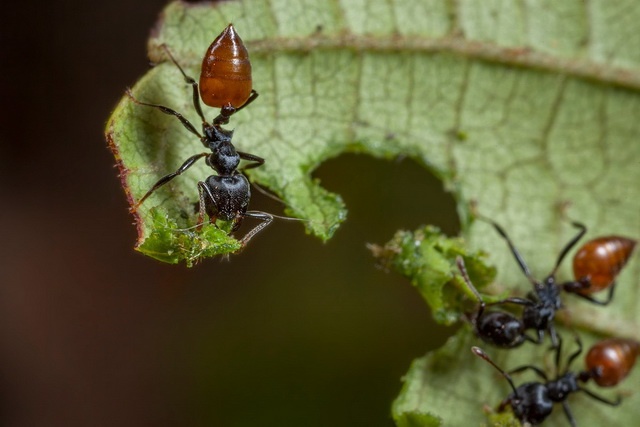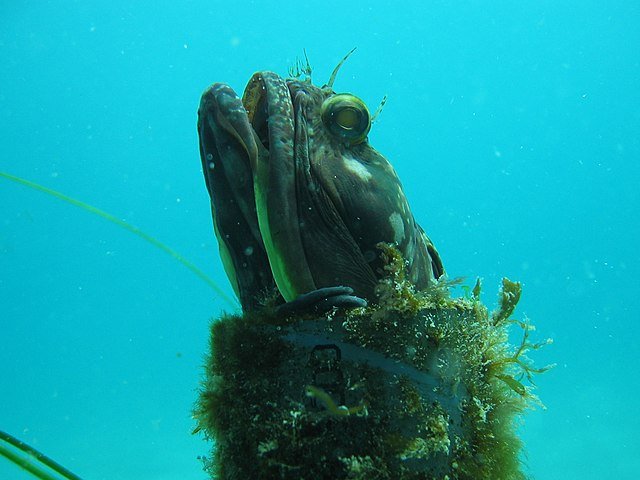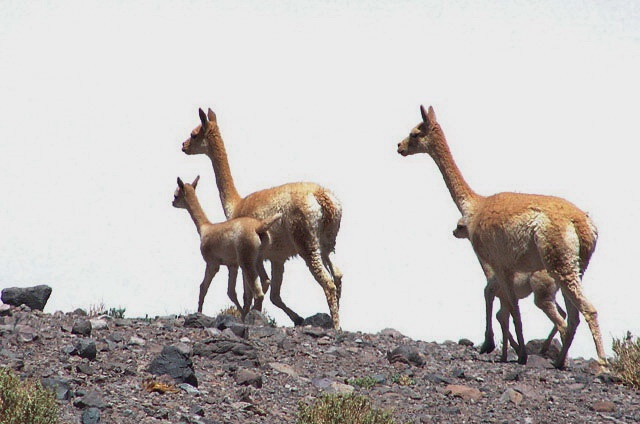Crematogaster clariventris grows a fungus that strengthens its nest wall
Workers of the ant Crematogaster clariventris collect pieces of fresh leaves to grow a fungus, Alain Dejean and colleagues observed. The threads of the fungus reinforce the carton nest of the ants.
Fungus threads as a component of building or insulation material: you hear more and more about it. It is considered to be innovative, but……. ants were ahead of us. Some species strengthen the walls of their nests with fungal hyphae (threads). The African ant Crematogaster clariventris even collects fresh pieces of leaves to feed them to a fungus that forms strong hyphae, Alain Dejean and colleagues discovered.
The ant lives in large colonies, high in trees. On main branches, workers build nests of hard carton, which they make by chewing fibrous plant material, such as hairs (trichomes) or pieces of wood. They add a fungus, with the result that a network of branched fungal hyphae is embedded in the carton walls; the hyphae consist of tubular cells with a sturdy cell wall. The nest wall is a natural composite material.
Fresh leaf
Dejean, who works in Cameroon, noticed that workers of Crematogaster clariventris bring freshly cut pieces of young and nutritious plant leaves whenever a new nest is constructed or a damaged part of a nest is repaired. Other workers add chewed pulp, and the whole hardens into fungus-reinforced carton in a few days. From these observations, the researchers deduce that the ants bring the fresh leaf material as food for the fungus that forms reinforcing hyphae, so that it will grow well in the new nest wall.
After the fungus died, the sturdy hyphae in the nest wall remain intact.
Crematogaster clariventris is not the only ant species to cut off pieces of leaves to grow a fungus. In Central and South America, ant species occur that cut pieces of fresh leaves and carry it to fungus gardens in their underground nests, the leafcutter ants. They grow fungus for food. So, ants also preceded us in agriculture.
Willy van Strien
Photo: Crematogaster clariventris ©Piotr Naskrecki
Source:
Dejean, A., P. Naskrecki, C. Faucher, F. Azémar, M. Tindo, S. Manzi & H. Gryta, 2023. An Old World leaf-cutting, fungus-growing ant: A case of convergent evolution Ecology & Evolution 13: e9904. Doi: 10.1002/ece3.9904


